What Is An American Elm Tree - American Elm Facts
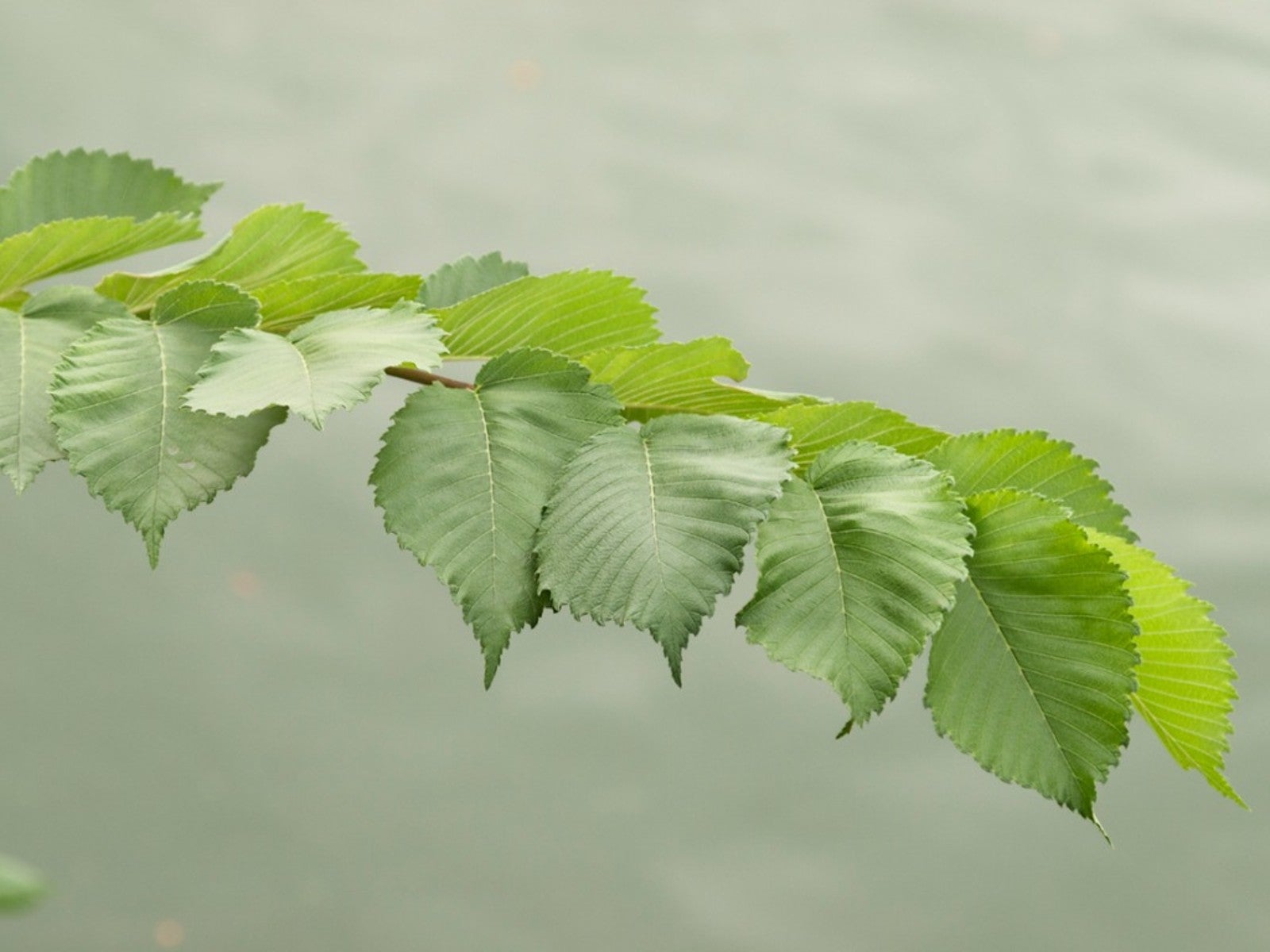

The American elm tree (Ilmus americana) is a tall, mighty tree, native to the eastern United States. This spreading deciduous tree is the state tree of North Carolina. It is known for its lush foliage, and American elm leaves can grow as long as your hand.
This beautiful shade tree is easy to grow and transplants readily. But growing American elm is no longer recommended given the tree’s susceptibility to lethal Dutch elm disease. Read on for more American elm facts including information on American elm care.
American Elm Facts
When we say this is a mighty tree, we mean big and wide, growing in the urn shape that is classically elm. American elm trees can grow to 100 feet (30 m.) tall with a similar spread. And they grow fast, up to 3 feet (1 m.) a year. Trunks can grow to between 3 to 6 feet (1 to 2 m.) in diameter.
American elm leaves are a bright shade of green when they appear in the springtime, with a paler shade on the underside of the leaves. In autumn, they provide a brilliant fall display. They turn canary yellow and are very showy before they fall. These are long-lived trees as well, with a lifespan of over 150 years.
Growing American Elm
These trees are tough and healthy, but not tough or healthy enough to combat Dutch elm disease. Because of the numbers of elms the disease has killed, experts do not recommend growing American elms.
If you want to plant an American elm tree anyway, note that this tree doesn’t do well in warm-winter climates. It thrives in U.S. Department of Agriculture plant hardiness zones 2 through 9, where it requires a site with full or partial sun.
American Elm Care
If you already have an American elm, you may be wondering how to take care of the tree. American elm care is not difficult as long as the tree is planted in an appropriate zone and an appropriate location that offers moist, well-drained soil. The tree does best in rich, loamy soil but it adapts readily to both wet and dry sites.
Gardening tips, videos, info and more delivered right to your inbox!
Sign up for the Gardening Know How newsletter today and receive a free copy of our e-book "How to Grow Delicious Tomatoes".
The biggest challenge to this tree’s health is Dutch elm disease. This is a deadly fungal disease that is brought to the tree by bark beetles. It results in wilting, loss of leaves and finally death.

Teo Spengler is a master gardener and a docent at the San Francisco Botanical Garden, where she hosts public tours. She has studied horticulture and written about nature, trees, plants, and gardening for more than two decades. Her extended family includes some 30 houseplants and hundreds of outdoor plants, including 250 trees, which are her main passion. Spengler currently splits her life between San Francisco and the French Basque Country, though she was raised in Alaska, giving her experience of gardening in a range of climates.
-
 Try The Trend – Turn Any Bed Into A Keyhole Garden With This Clever In-Ground Composter
Try The Trend – Turn Any Bed Into A Keyhole Garden With This Clever In-Ground ComposterKeyhole gardening is an efficient and sustainable practice that saves space. Get started on this DIY project quickly and easily with an in-ground composter.
By Bonnie L. Grant
-
 4 Superfast Composting Methods: Turn Waste Into Garden Gold In 30 Days Or Less
4 Superfast Composting Methods: Turn Waste Into Garden Gold In 30 Days Or LessTry the fastest composting methods to turbocharge your pile and transform kitchen scraps and garden waste into finished compost in just a few weeks.
By Mary Ellen Ellis
-
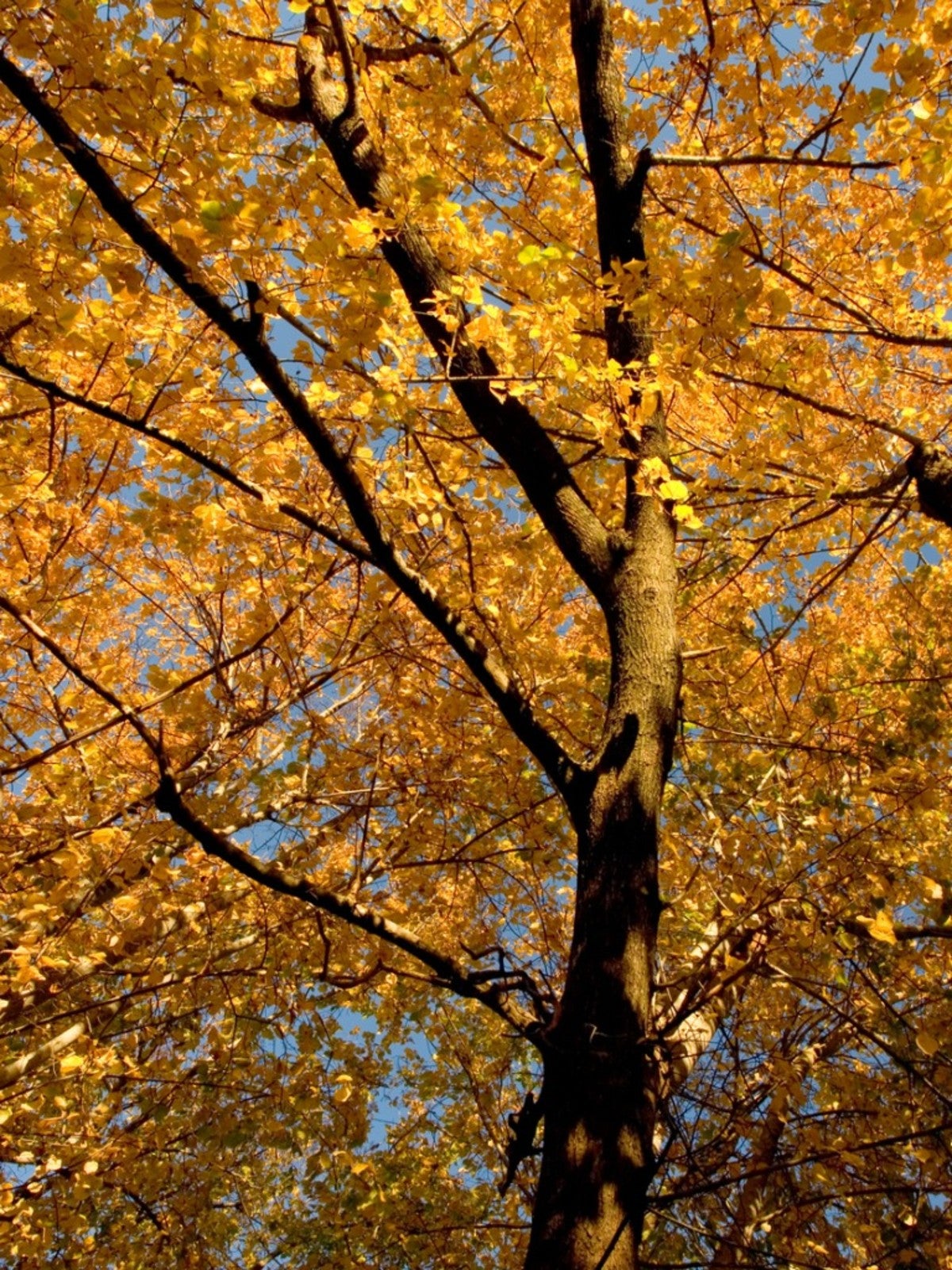 Rock Elm Tree Identification – What Does A Rock Elm Tree Look Like
Rock Elm Tree Identification – What Does A Rock Elm Tree Look LikeThe rock elm is one of the six elm trees native to the United States. Click here to learn more about the rock elm tree.
By Laura Miller
-
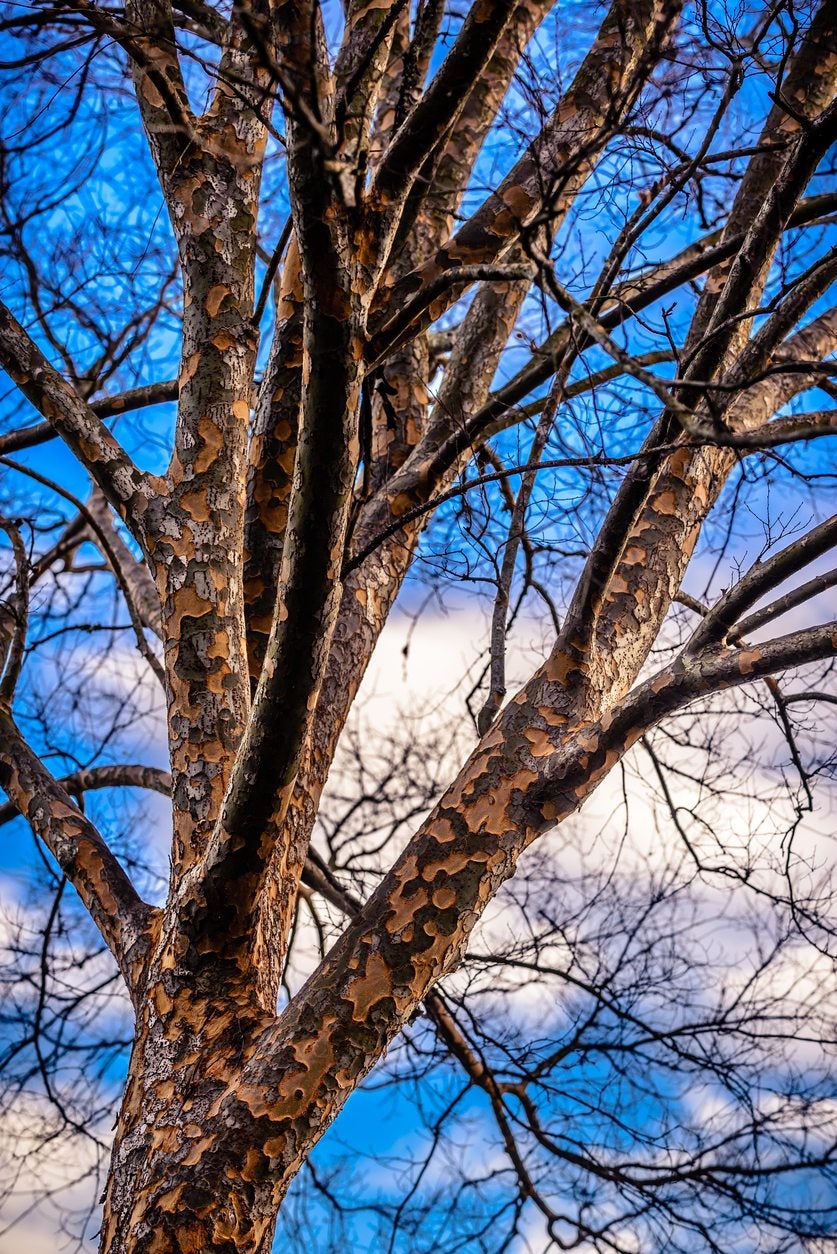 Lacebark Elm Information – Care Of Chinese Lacebark Elm In Gardens
Lacebark Elm Information – Care Of Chinese Lacebark Elm In GardensAlthough lacebark elm is native to Asia, it was introduced to the United States in 1794. Since that time, it has become a popular landscape tree, suitable for growing in USDA hardiness zones 5 through 9. Find more lacebark elm information here.
By Mary H. Dyer
-
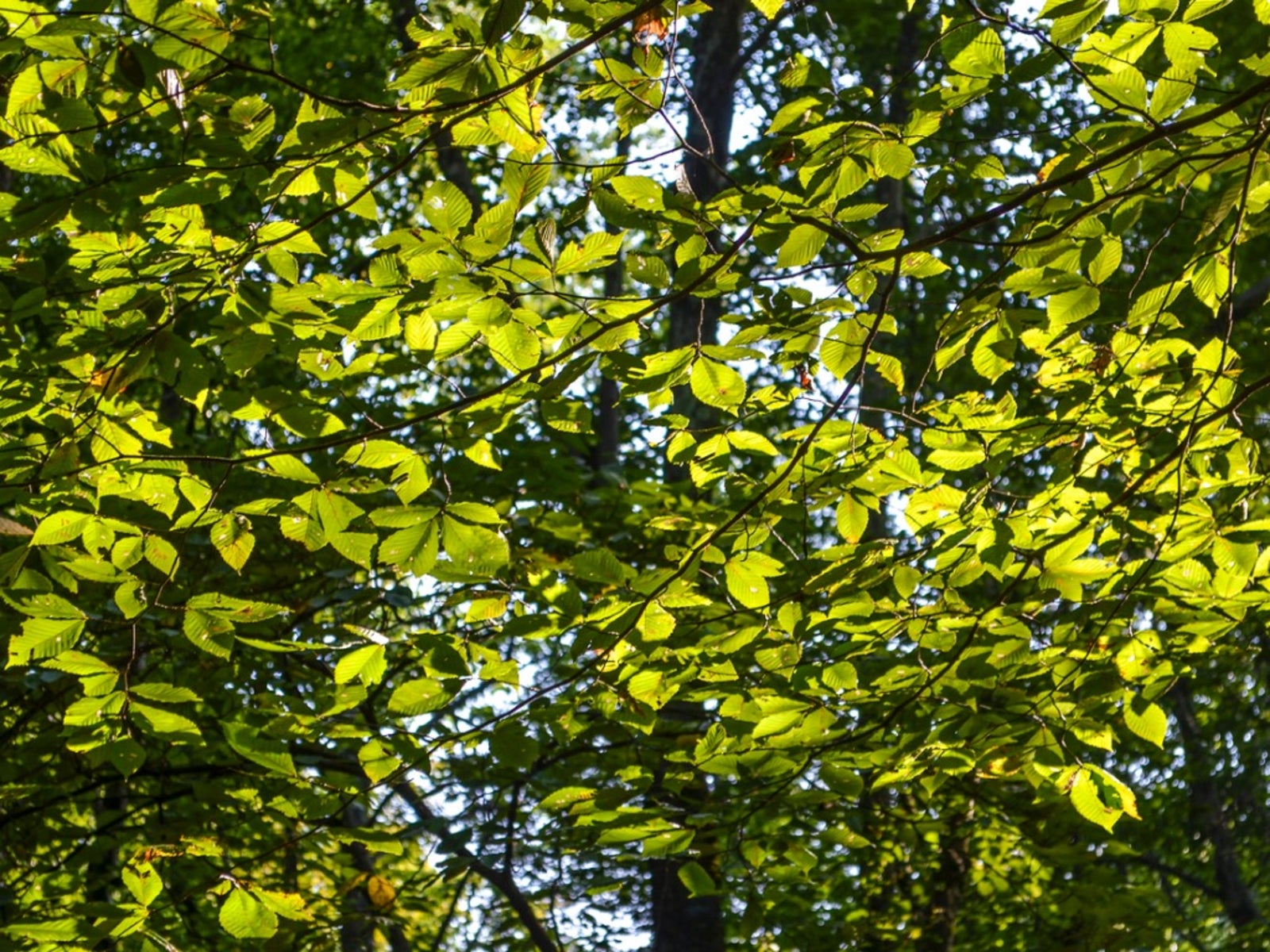 Slippery Elm Information: Tips On Using And Growing Slippery Elm Trees
Slippery Elm Information: Tips On Using And Growing Slippery Elm TreesSlippery elm bark contains a substance that becomes slick and slippery when mixed with water, hence the name. The tree has been used in herbal medicine in this country for centuries. For more information about slippery elm herb uses, click this article.
By Teo Spengler
-
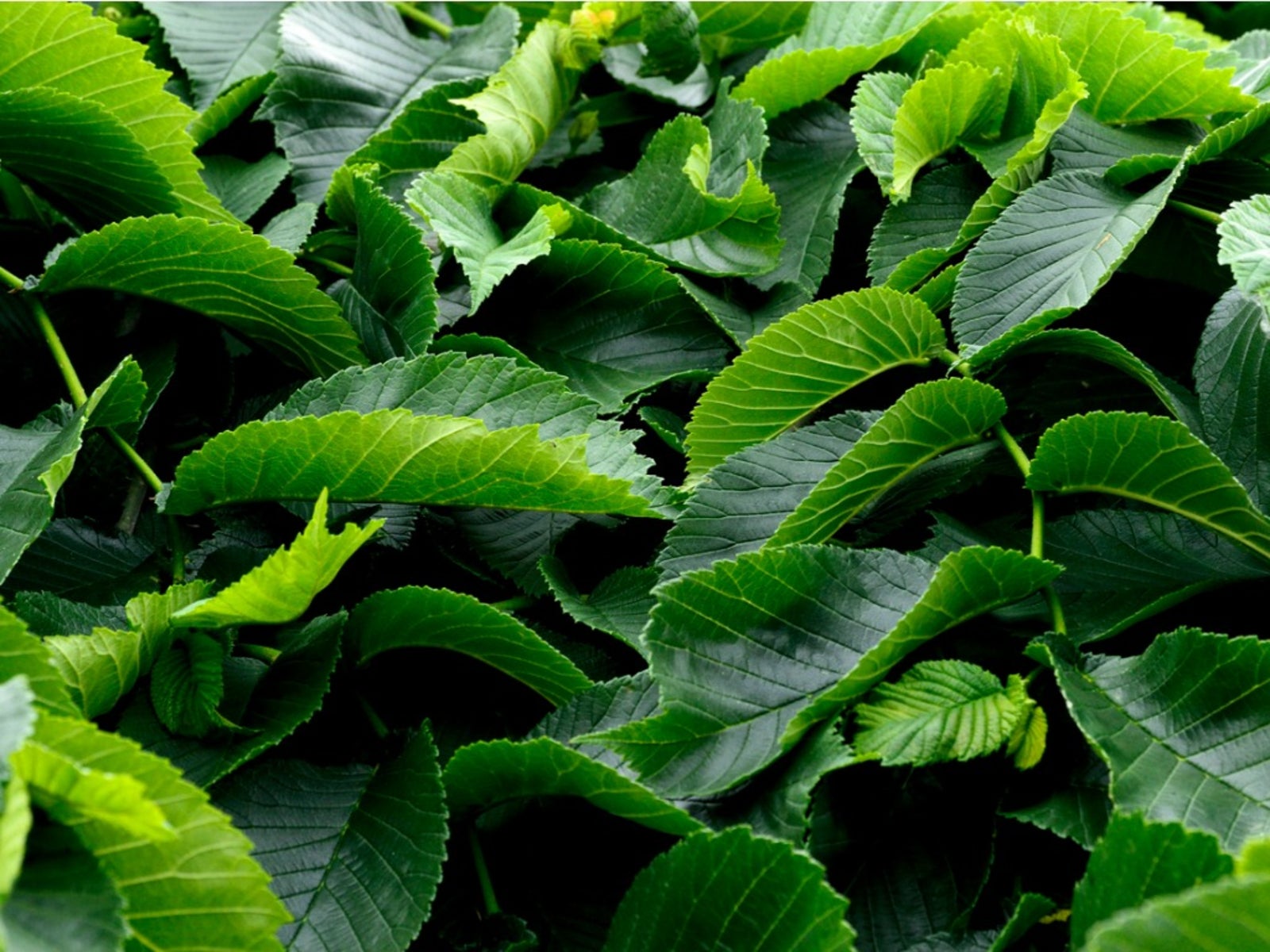 What Is A Camperdown Elm Tree: Camperdown Elm History And Information
What Is A Camperdown Elm Tree: Camperdown Elm History And InformationIf you are familiar with Camperdown elm, you are surely a fan of this lovely tree. If not, you may ask: "What is a Camperdown elm tree?". In either case, click this article for more information, including Camperdown elm history.
By Teo Spengler
-
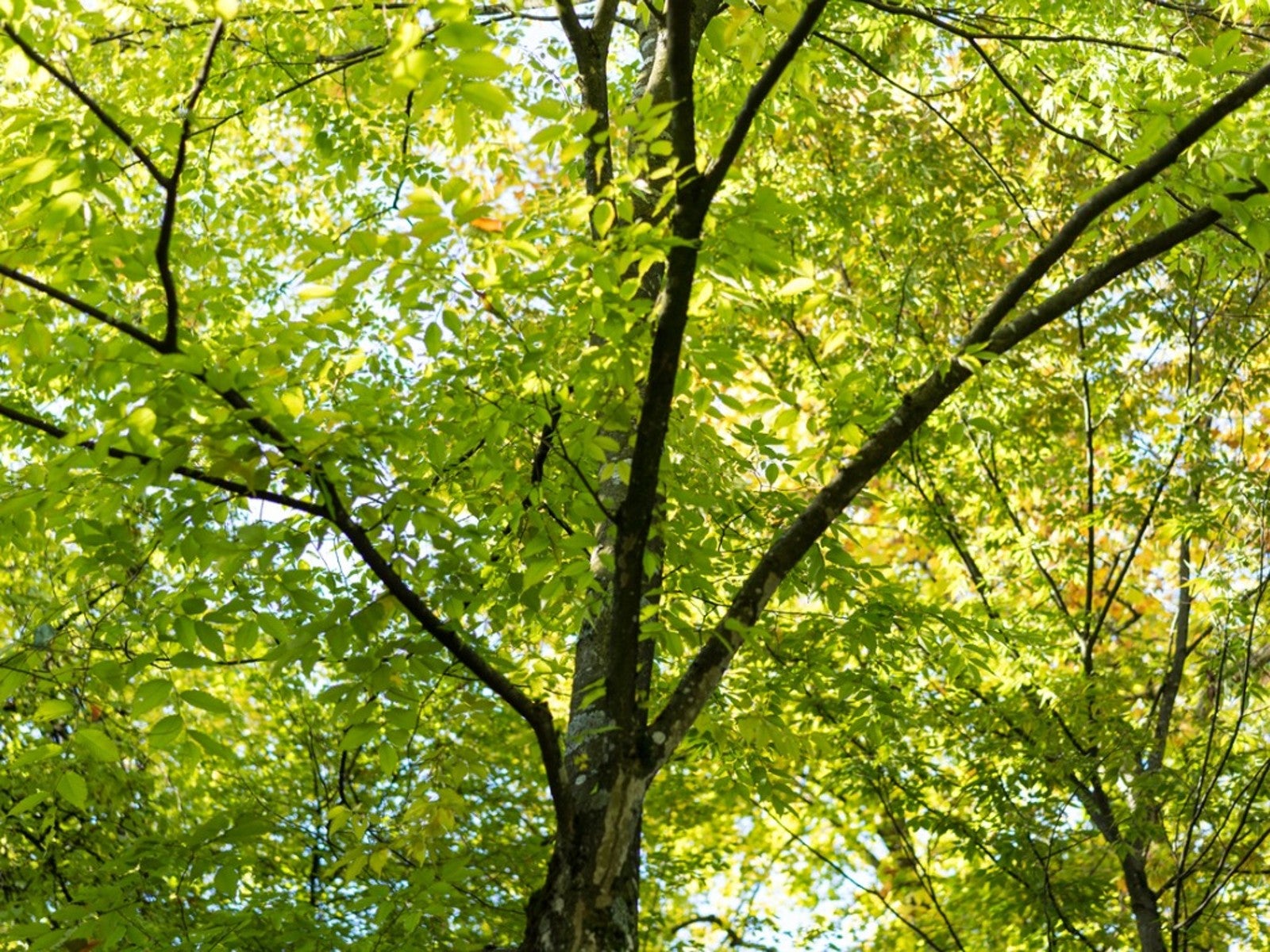 Japanese Elm Tree Care: How To Grow A Japanese Elm Tree
Japanese Elm Tree Care: How To Grow A Japanese Elm TreeBecause of Dutch Elm disease, many people opt for Japanese elm trees instead, which are hardier and equally attractive. This article provides Japanese elm tree facts, including information about how to grow a Japanese elm tree.
By Teo Spengler
-
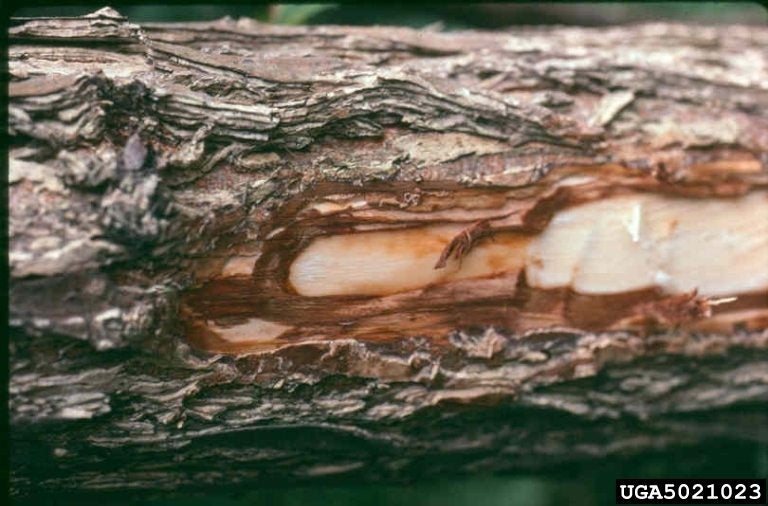 Elm Phloem Necrosis – Methods Of Elm Yellows Treatment
Elm Phloem Necrosis – Methods Of Elm Yellows TreatmentElm yellows is a disease that attacks and kills native elms. The disease is systemic and lethal. Learn about the symptoms of elm yellow disease and whether there is any effective elm yellows treatment in this article. Click here for more info.
By Teo Spengler
-
 Drake Elm Tree Growing: Tips On Caring For Drake Elm Trees
Drake Elm Tree Growing: Tips On Caring For Drake Elm TreesThe drake elm (also called Chinese elm or lacebark elm) is a quick-growing elm tree that naturally develops a dense, rounded, umbrella-shaped canopy. For more drake elm tree information and details on caring for drake elm trees, click this article.
By Teo Spengler
-
 Winged Elm Tree Care: Tips For Growing Winged Elm Trees
Winged Elm Tree Care: Tips For Growing Winged Elm TreesThe winged elm, a deciduous tree native to the southern woodlands of the United States, grows in both wet areas and dry, making it a very adaptable tree for cultivation. Click this article for information about growing winged elm trees.
By Teo Spengler